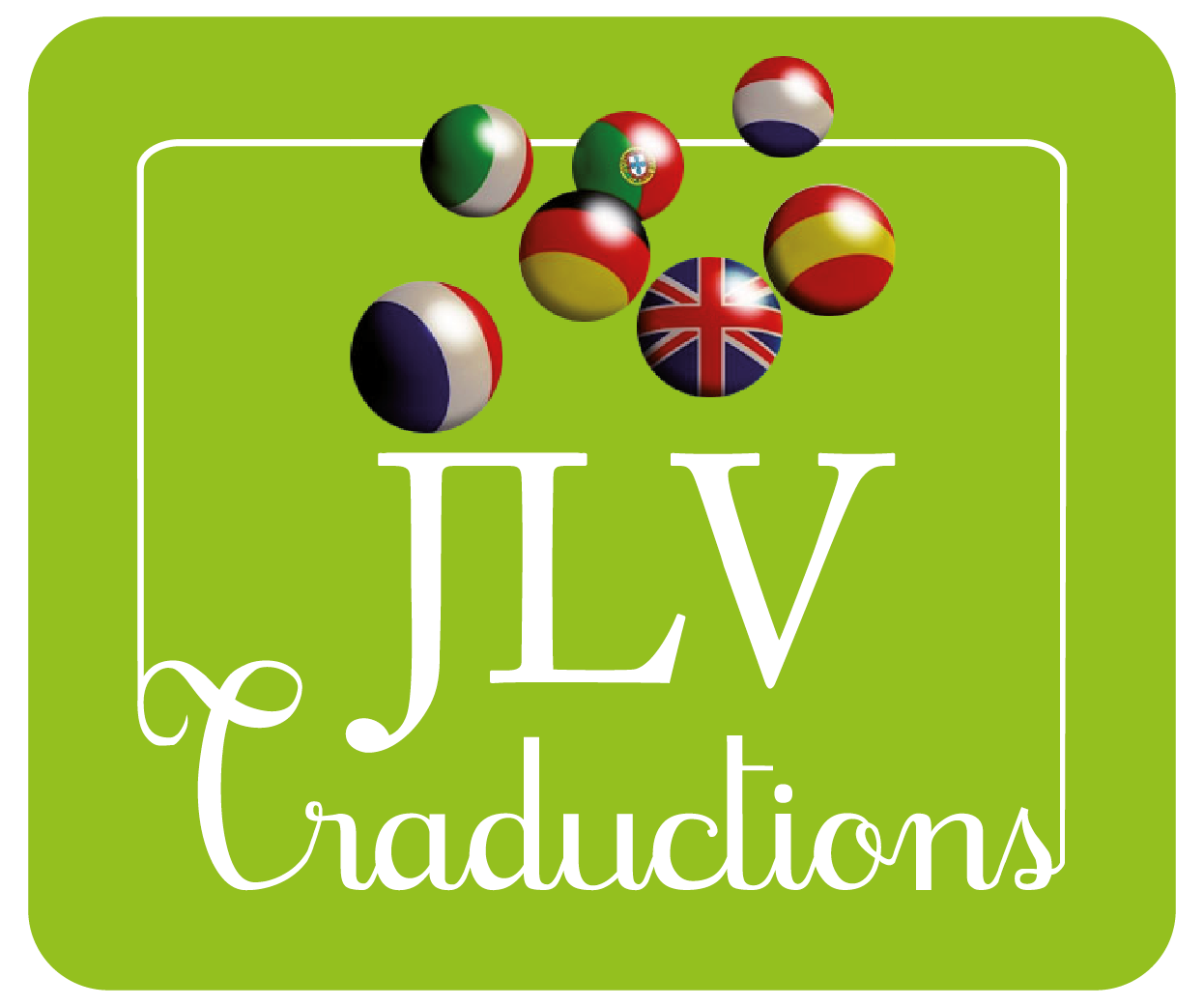While ChatGPT is a powerful language model that can assist with translation tasks, there are several reasons why it will never fully replace human translators:
-
- Accuracy and nuance: Language is complex and often contains cultural and contextual nuances that require human understanding. While ChatGPT is trained on vast amounts of data, it can still produce errors or misunderstand certain phrases, idioms, or specific language contexts.
-
- Adaptation to dialects and regional languages: Languages are often diverse and include many dialects and regional variations. Human translators are better equipped to choose the appropriate dialect or linguistic variation based on the target audience, something NLP models may not do well.
-
- Specialised knowledge: Some translations require expertise in specific fields, such as legal, medical, technical, or literary translations. Human translators possess the knowledge and vocabulary in these specialised areas, which ChatGPT might lack.
- Cultural understanding: Translation often involves transferring meaning across different cultures. Human translators have a deep understanding of cultural context, linguistic nuances, and cultural references that are difficult for an NLP model to replicate. Translation is not only about transposing words from one language to another, but also about conveying ideas and concepts in an appropriate cultural context.
-
- Review and quality control: Human translators usually perform editing and quality control to ensure that the translation is accurate and smooth. NLP models can produce inaccurate or clunky translations that still require human review.
-
- Quality assurance: Human translators have the ability to constantly refine and improve their work. They can ensure the accuracy, fluency, and cohesion of the translated text through revisions and their expertise. ChatGPT may not have the same level of quality assurance.
-
- Contextual understanding: Language models like ChatGPT may struggle with understanding the nuanced meaning and cultural references in a text, which can greatly impact translation accuracy. Translators, on the other hand, are skilled in comprehending the context and intent behind the source text, ensuring accurate translations.
-
- Culture and localisation: Language models lack the cultural and local knowledge that human translators bring to their work. Translation is not just about converting words from one language to another, but also about adapting the text to suit the target audience, considering cultural nuances, idioms, and expressions that may not have equivalents in the target language.
In summary, NLP models, including ChatGPT, are powerful tools for machine translation, but they have their limitations in terms of understanding context, cultural nuances, technical specifics and interpersonal communication. Human translators remain indispensable for many translation situations requiring in-depth understanding and human sensitivity.
But most of all, translations that are outsourced to professionals are for view by the general public, or for use by specific audiences, such as lawyers, financial services or courts – and in all such cases, the slightest mistake can be extremely costly: a document with typos that mean it must be re-printed, a contract with legal errors that nullify it. Human translators are charged with detecting errors in source and target documents, and liable for those that remain. Try telling a judge it was ChatGPT’s fault…



